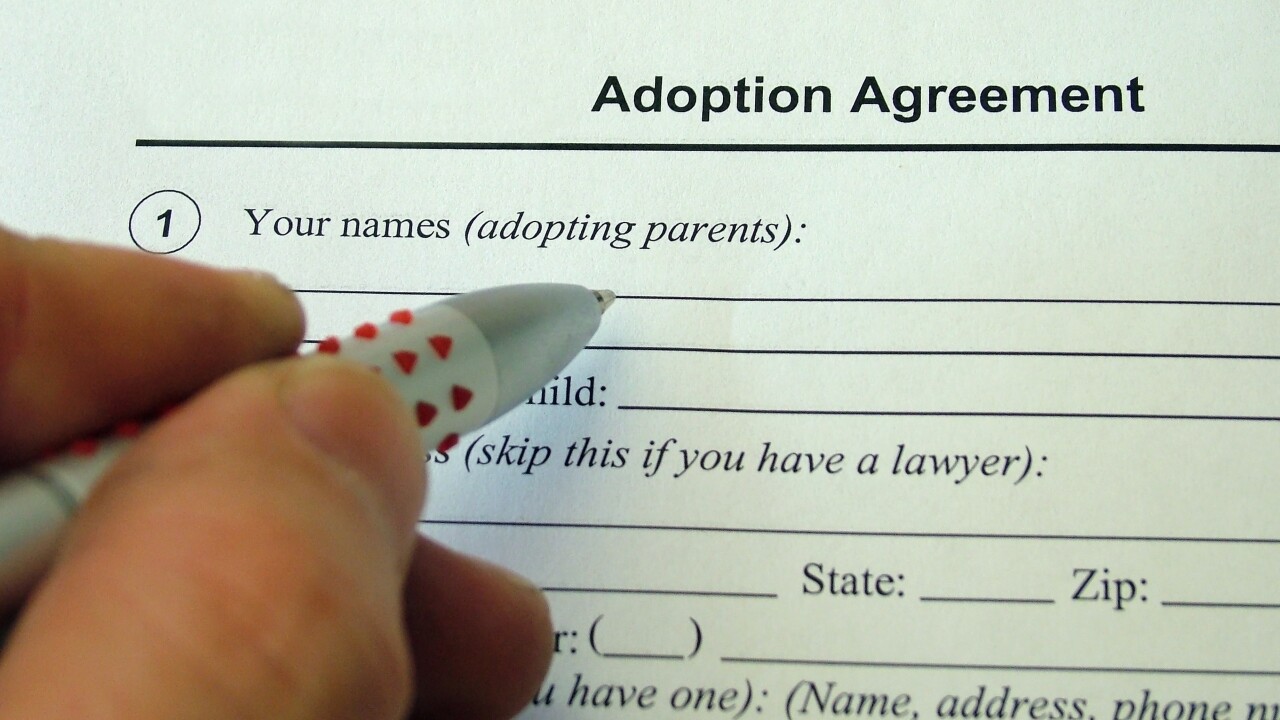More and more accountants are recommending their homeowner clients consider solar panels. Here’s why.
When solar panels are installed on rooftops, the sun beats down on them, producing electricity that can potentially help homeowners save money on monthly electric bills and reduce their carbon footprint. This solar-generated power is used in the home first, and any excess can be fed into a battery instead of back to the grid, which means homeowners will have access to this power during outages. The battery backup can be a potential significant cost savings when you consider monetary losses that could result from spoiled food, medication or the inability to work from home.
In 2005, the federal solar investment tax credit (ITC) was established, and it has been extended multiple times since. When it first passed, the value of the credit was at 30 percent, but it fell to 26 percent in 2020. The latest extension of the solar tax credit came last December, and it gives homeowners and businesses up to a 26 percent credit on the net cost of a solar system. The 26 percent credit is in effect for two more years before it drops to 22 percent in 2023 and sunsets altogether for homeowners in 2024. The credit for businesses follows a similar path, with the exception being that its credit falls to 10 percent in 2024 and will stay at that number in future years.
Accountants and tax advisors have long recognized the value of this credit for their eligible clients. Not only homeowners but businesses who own buildings, even stadiums and arenas, can leverage it to reduce the net cost of their solar systems.
Below are four things you need to know when advising your clients:






